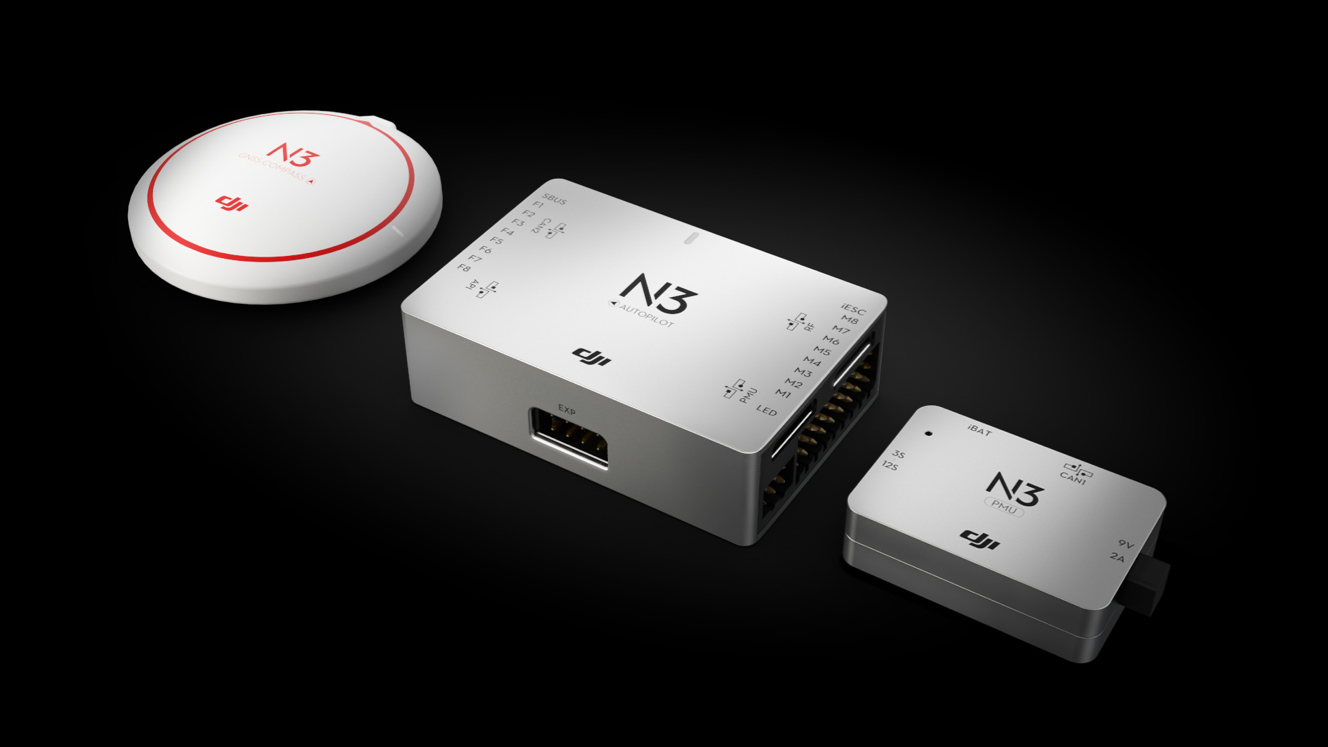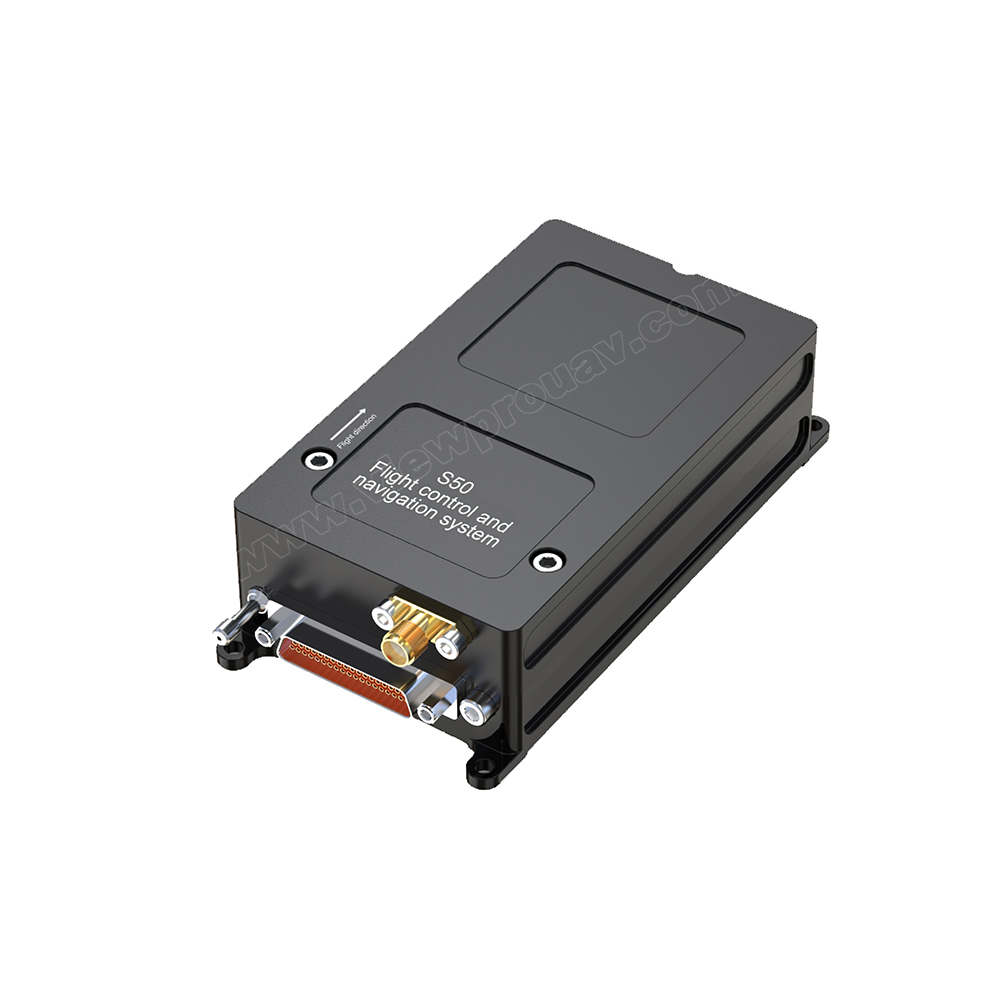Checking Out the Role of Drone Trip Controllers in Enhancing Trip Security and Navigation Performance
The innovation of drone technology has actually substantially enhanced the significance of trip controllers, which serve as the brain of these airborne vehicles. By integrating real-time data from an array of sensors, flight controllers boost flight security and navigating effectiveness, making certain that drones can run smoothly even in complicated atmospheres. This conversation will certainly explore the key components that add to these enhancements, along with the effects for the future of independent trip. What innovations exist in advance that could further transform the abilities of drone trip controllers?

Comprehending Trip Controllers
Trip controllers are integral elements in the performance of drones, functioning as the minds that stabilize and manage trip procedures. These sophisticated devices procedure information from various sensors, consisting of accelerometers, gyroscopes, and GPS, to make sure that the drone preserves its desired trip path. The trip controller analyzes this data and executes commands based upon pre-defined algorithms, allowing the drone to react to ecological changes, such as wind or challenges.
The primary function of a trip controller is to preserve stability during flight. It accomplishes this by making real-time adjustments to the drone's electric motors and control surfaces, making sure equilibrium and control. Furthermore, modern flight controllers incorporate sophisticated features such as waypoint navigation, enabling for automated trip paths and boosted functional performance.
Comprehending the style of trip controllers is important for both hobbyists and specialists. They typically include a microcontroller, firmware, and various user interfaces for sensor input and communication. As modern technology developments, trip controllers have actually come to be more qualified and portable, integrating fabricated knowledge to enhance decision-making processes and adapt to intricate flight scenarios. This development symbolizes a pivotal development in the drone sector, paving the way for much more sophisticated applications and safer operations.
Trick Parts of Trip Stability
Accomplishing ideal flight security in drones depends on numerous vital parts that work in concert to guarantee controlled and smooth operations. Central to this stability is the trip controller itself, which refines information from various sensing units to keep the wanted trip mindset. This consists of accelerometers and gyroscopes that measure activity and orientation, permitting real-time changes to the drone's position.
Another crucial element is the electronic rate controllers (ESCs), which regulate the power provided to the electric motors. By finely adjusting electric motor speeds in feedback to trip controller commands, ESCs help keep balance and counteract disturbances brought on by wind or unexpected activities.
Additionally, the design of the drone's framework plays a crucial role in trip stability. A well-structured frame reduces vibrations and improves the overall wind resistant profile, adding to smoother trip attributes. Lastly, the assimilation of advanced algorithms within the trip controller aids in anticipating adjustments, ensuring a responsive and versatile trip experience.
Together, these elements form a natural system that enhances a drone's security, enabling exact maneuvering and enhanced efficiency in different trip problems.
Navigating Effectiveness Strategies
Efficiency in navigation is important for maximizing drone operations, especially in complex atmospheres. Efficient navigating techniques improve the capacity of drones to pass through difficult surfaces and prevent obstacles, thereby boosting functional performance and security.
One prominent technique is the execution of advanced GPS and inertial measurement systems (IMUs) that give exact area monitoring and alignment data. These technologies enable drones to determine ideal flight courses in real-time, taking into account numerous factors such as wind problems and possible barriers.
Another technique entails using formulas for path preparation and optimization. Algorithms such as A * and Dijkstra's algorithm can be released to figure out the most effective path while reducing power usage and flight time. Incorporating device learning versions can allow drones to adaptively learn from their atmospheres, boosting navigating abilities via experience.

Influence On Autonomous Drones
The combination of innovative navigating techniques has actually profoundly transformed the capabilities of independent drones, enabling them to run with higher freedom and accuracy. SparkNavi drone flight controller and GNSS/INS made in taiwan. These improvements are primarily associated to innovative trip controllers that utilize real-time information processing and sensor fusion, enabling drones to navigate complex atmospheres flawlessly
The influence on autonomous drones expands beyond mere navigating; it encompasses boosted barrier evasion, boosted security during vibrant problems, and raised mission reliability. By leveraging algorithms that incorporate device knowing and fabricated intelligence, drones can adjust to changing circumstances, making notified choices that maximize their trip paths while lessening threats.
Furthermore, the implementation of robust flight controllers click for source has assisted in the execution of complicated jobs, such as airborne evaluations, delivery solutions, and farming surveillance, with very little human intervention. This ability not only streamlines procedures but likewise reduces human error, thus improving total security.
Because of this, the functional extent of self-governing drones has actually expanded substantially, making them indispensable tools in different markets. Their capacity to carry out successfully in diverse scenarios emphasizes the crucial duty that progressed flight controllers play fit the future of unmanned aerial systems.
Future Trends in Trip Control
Frequently, developments in trip control technology are positioned to redefine the landscape of drone operations in the coming years. Arising trends show a substantial shift towards enhanced synthetic knowledge (AI) integration, allowing flight visit the site controllers to refine real-time information more efficiently. This evolution will certainly facilitate better decision-making abilities, allowing drones to adapt to vibrant environmental conditions autonomously.
Moreover, the execution of equipment learning formulas is expected to enhance predictive maintenance, thereby minimizing downtime and prolonging the lifecycle of drone elements. This positive technique to maintenance will be crucial as drone applications increase across numerous markets, from agriculture to logistics.

.jpg)
Last but not least, innovations in safe interaction methods will resolve security and regulative problems, ensuring that drones can operate perfectly in stuffed airspaces (SparkNavi drone flight controller and GNSS/INS made in taiwan). Jointly, these patterns direct in the direction of a future where flight control systems are not just smarter and much more additionally qualified however efficient of running securely in a progressively incorporated airspace
Verdict
Finally, drone flight controllers are indispensable to enhancing flight stability and navigating effectiveness via the advanced handling of sensor data. By keeping optimal trip attitudes and utilizing advanced algorithms for course optimization and obstacle avoidance, these controllers dramatically add to Homepage the freedom and operational safety of drones. As technology proceeds to advance, better improvements in trip control systems are expected, guaranteeing enhanced efficiency and expanded abilities in the realm of unmanned airborne cars.
By incorporating real-time data from a range of sensors, flight controllers improve flight stability and navigation effectiveness, making certain that drones can operate efficiently even in complex environments.Flight controllers are essential parts in the functioning of drones, offering as the brains that handle and support trip procedures. In addition, modern-day trip controllers incorporate innovative features such as waypoint navigating, enabling for automated trip paths and improved operational efficiency.
Central to this stability is the flight controller itself, which processes information from numerous sensors to keep the preferred flight attitude.In verdict, drone flight controllers are important to enhancing flight security and navigation performance with the innovative handling of sensing unit data.